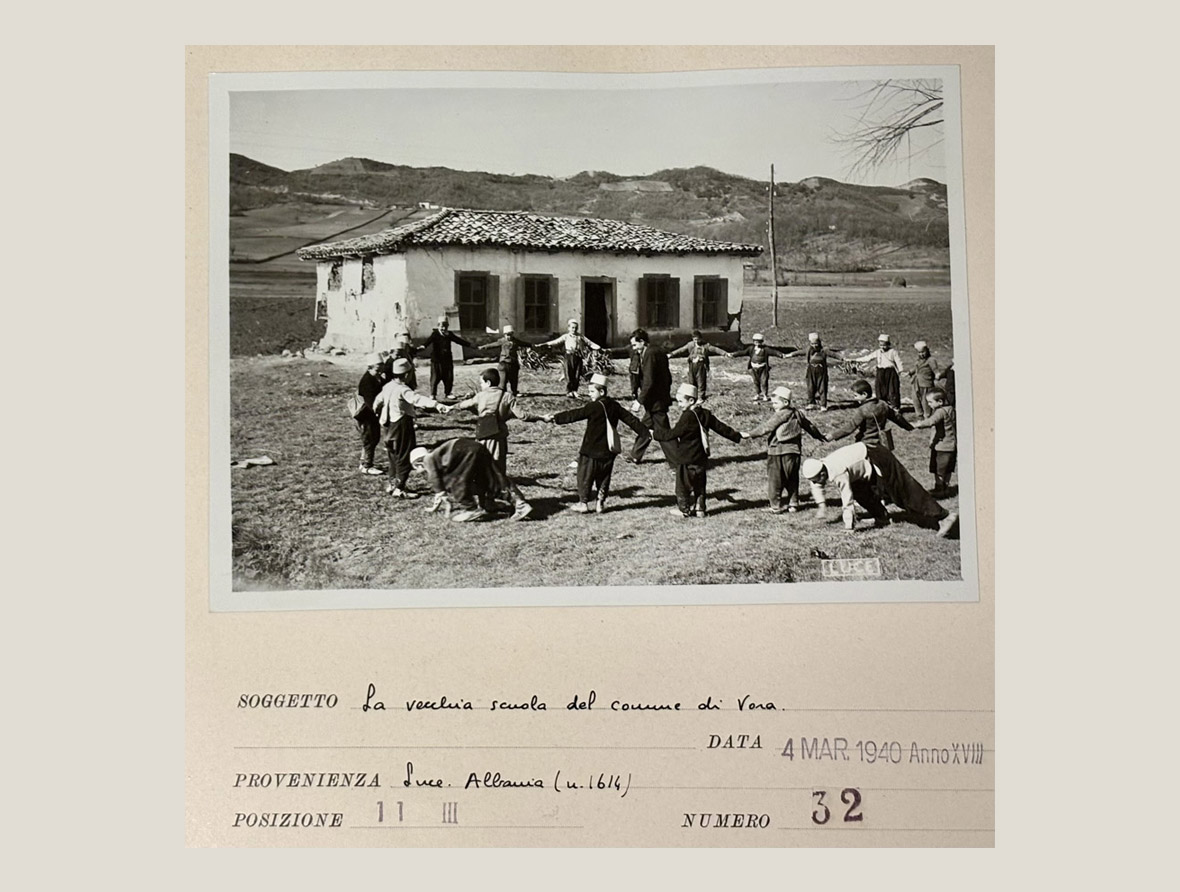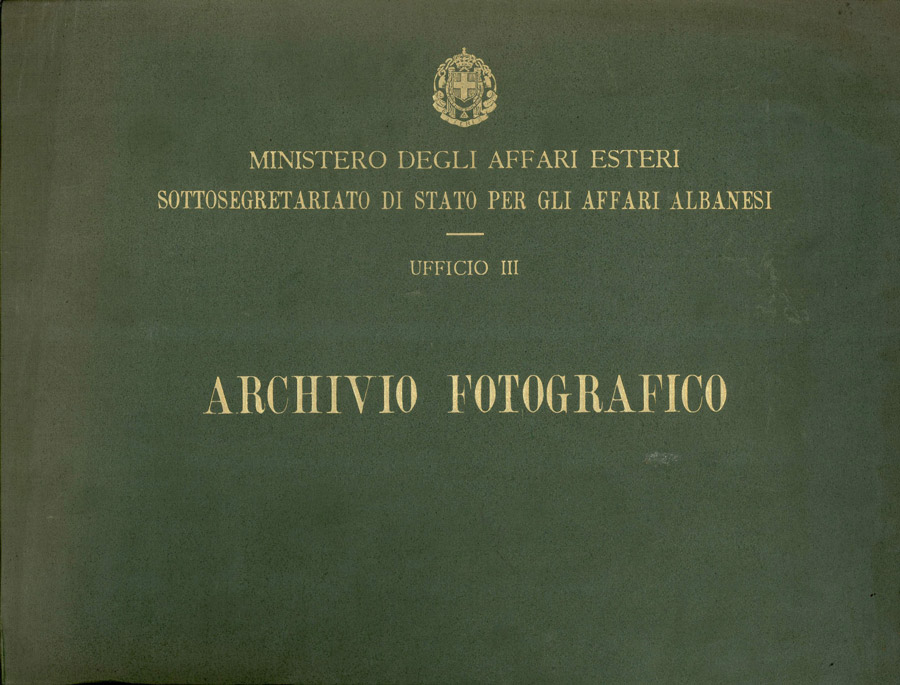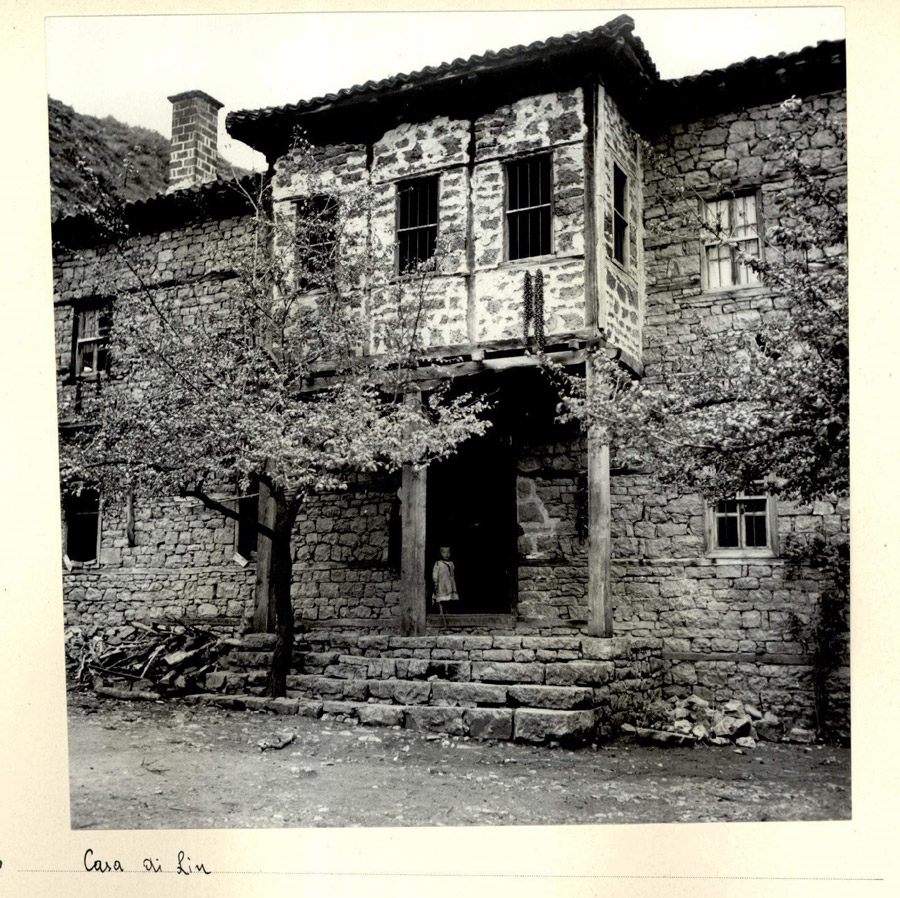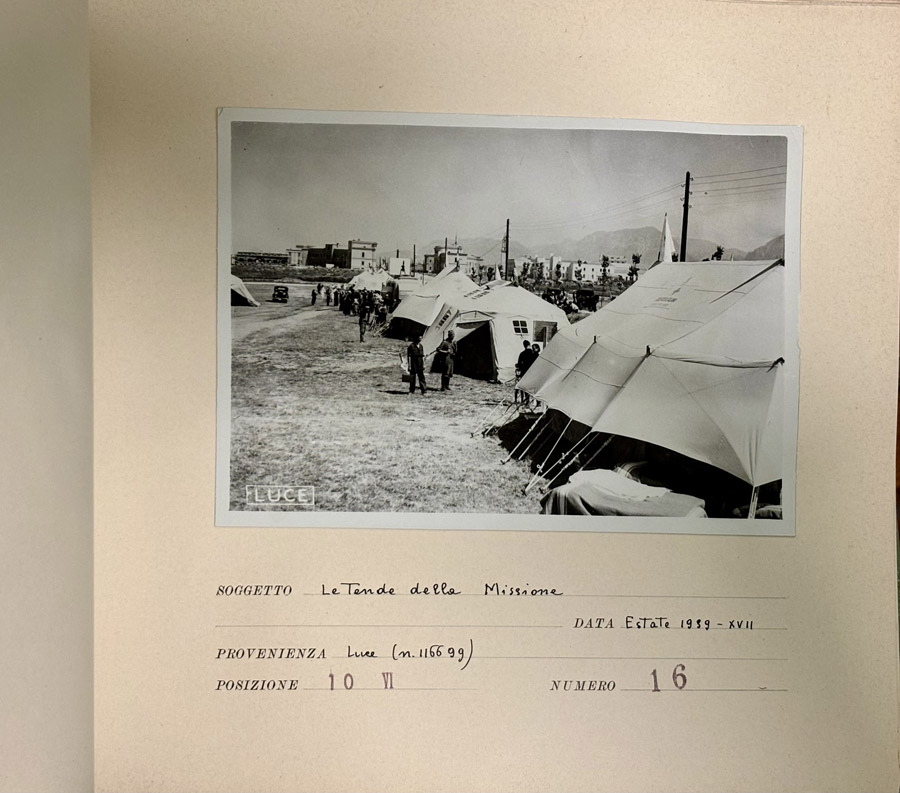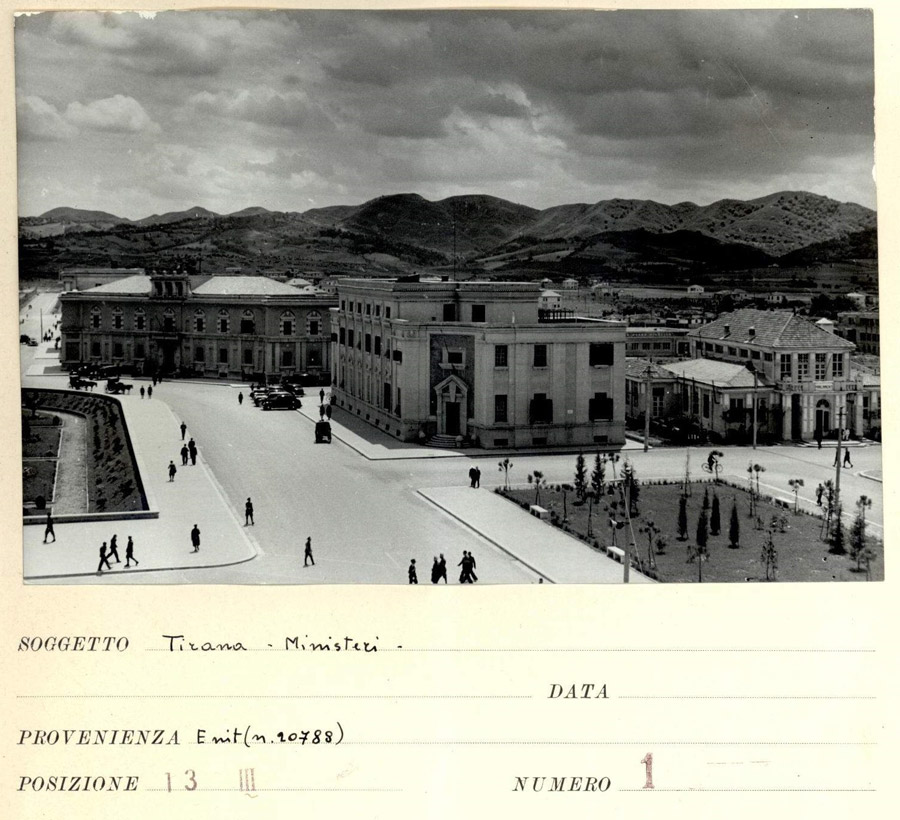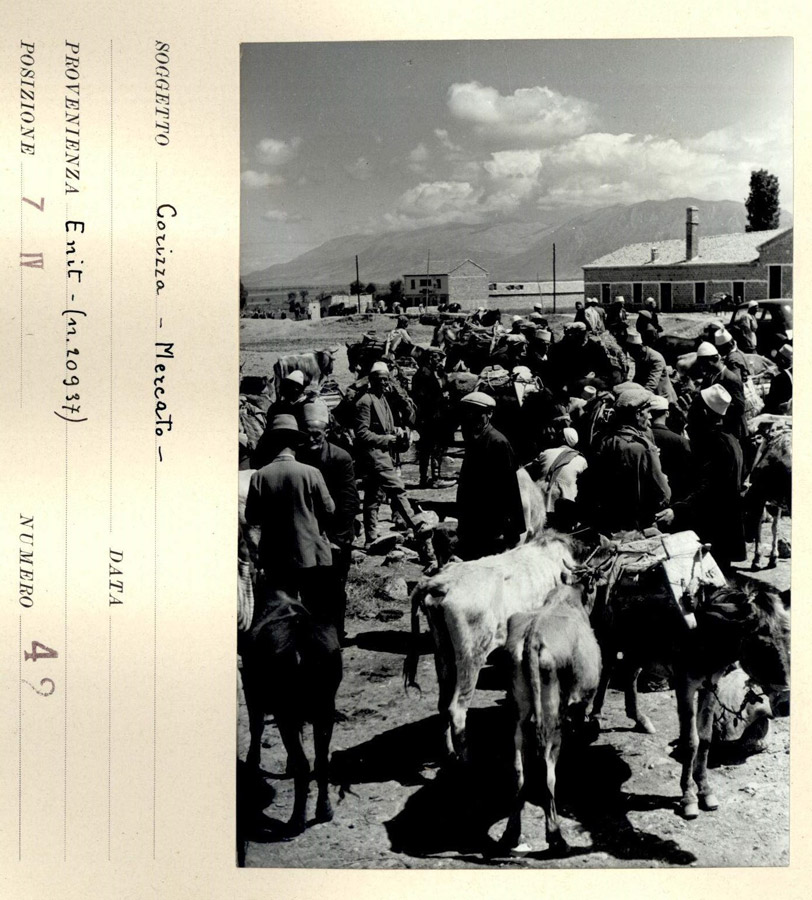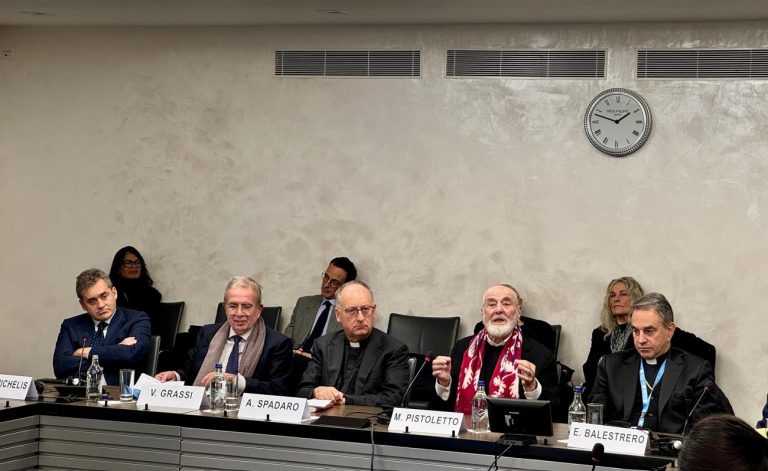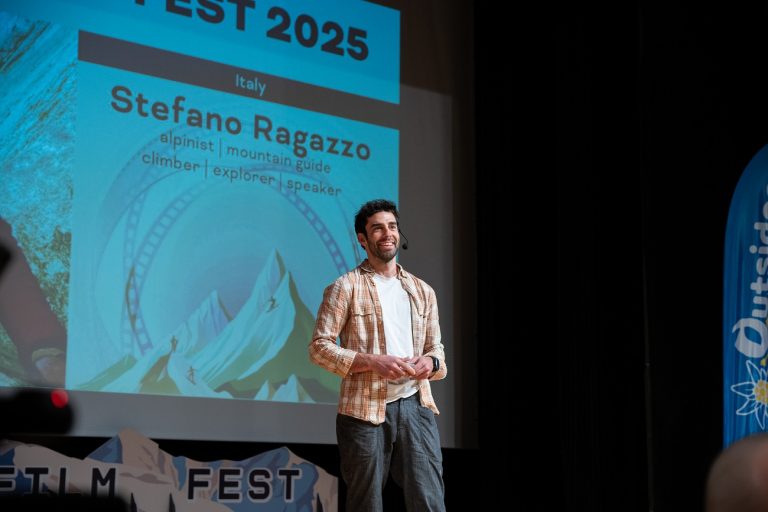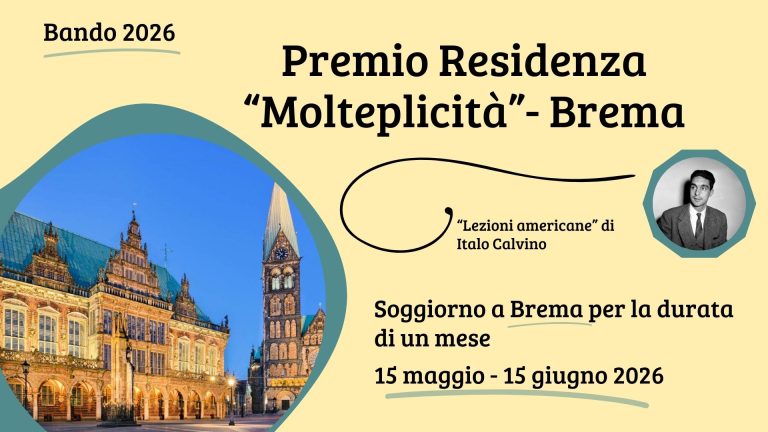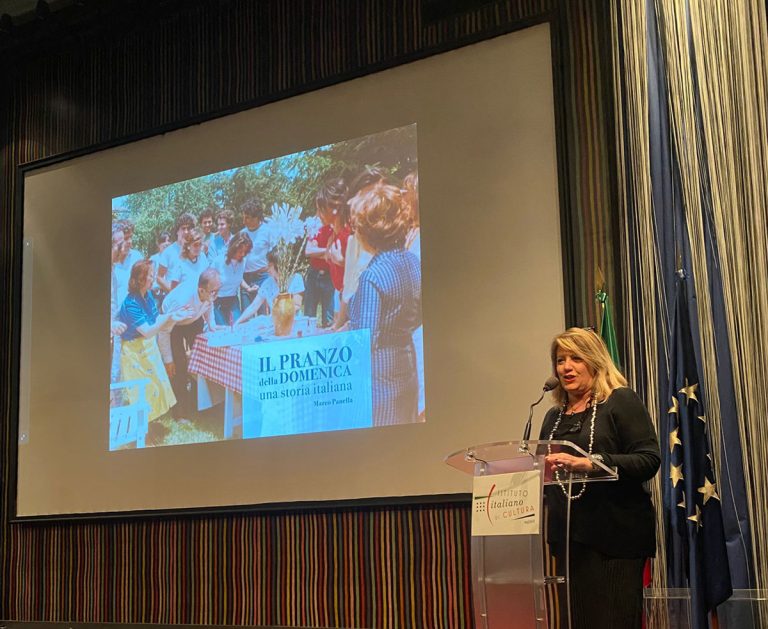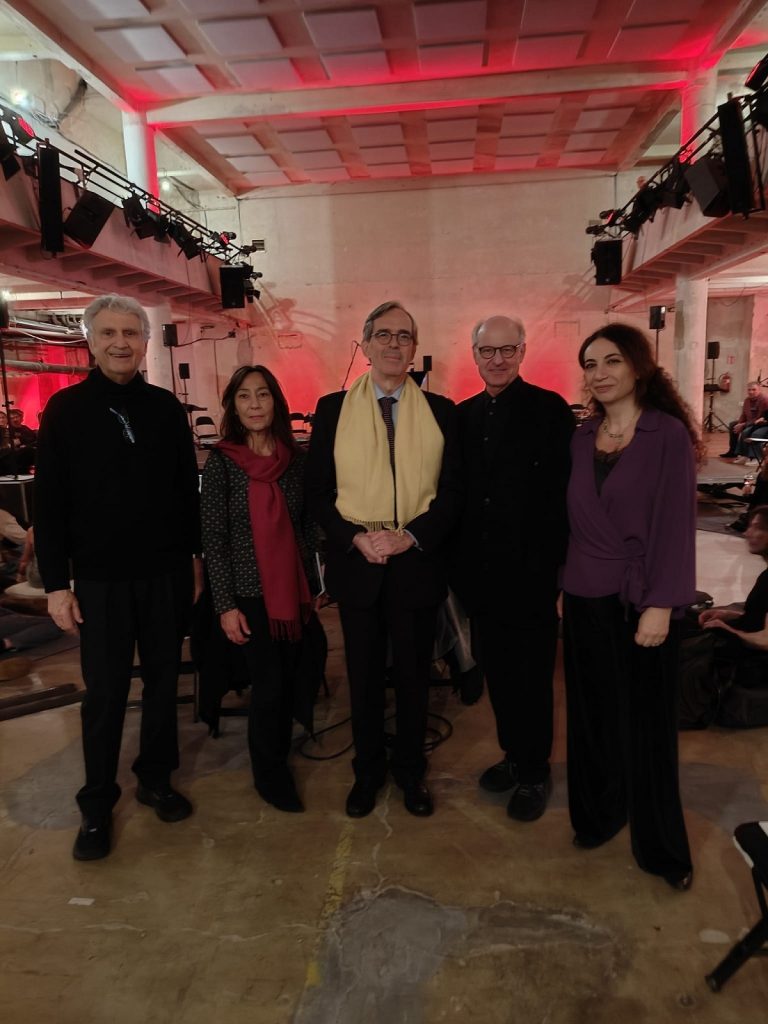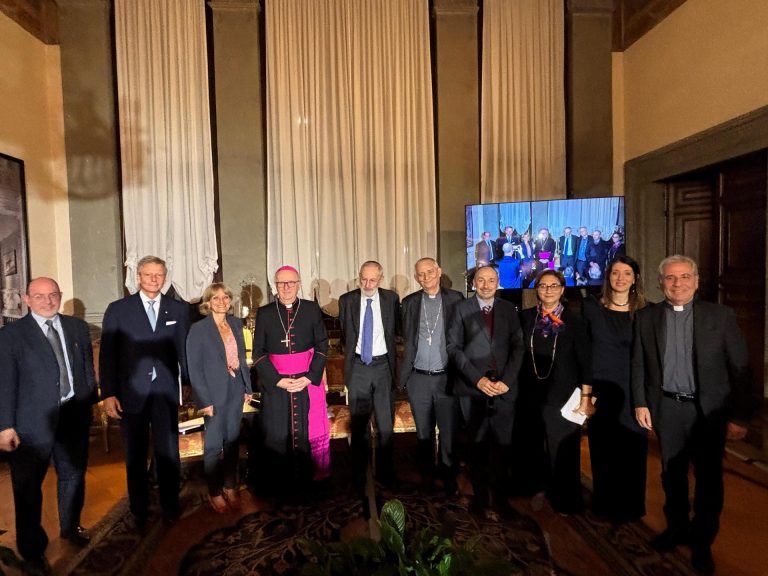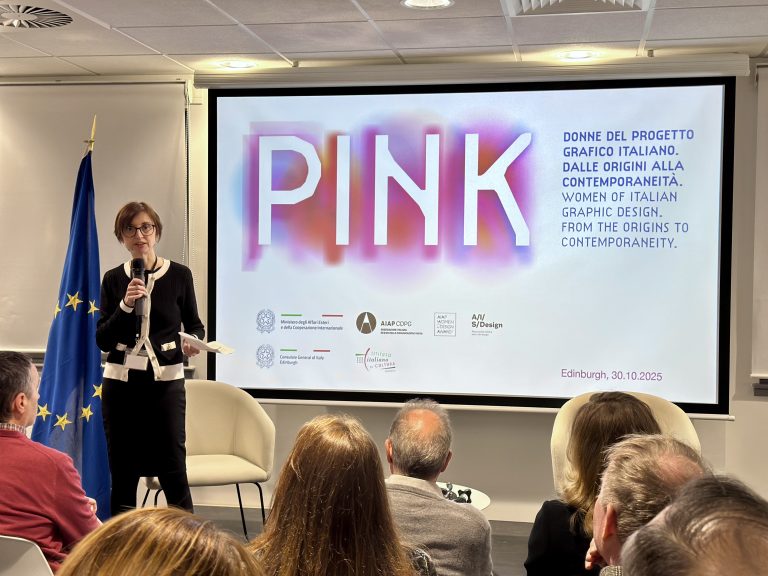For the “Le carte e la memoria” column, we are going to explore a photographic collection kept at the Historical Diplomatic Archive of the Italian Ministry of Foreign Affairs and International Cooperation. It is the Photographic Archive of the Undersecretariat of State for Albanian Affairs, a collection consisting of about 7000 photographs contained in 66 binders. The inventory of the collection, curated by Dr. Francesca Cinquina, has recently been published online.
In fact, during the so-called Italian-Albanian Union (1939-1943), the Undersecretariat took over all the functions of the Albanian Ministry of Foreign Affairs, becoming one of the main instruments of governance and management of foreign policy, Italian-Albanian political affairs, and internal administrative affairs. The Undersecretariat was also responsible for economic and financial affairs, the execution of road and building works, reclamation works, and communication, propaganda and press services.
Following an agreement with the LUCE Institute, the Ministry of Foreign Affairs established the Directorate General for the Press, Propaganda and Tourism in Tirana. There, LUCE set up a department in charge of carrying out photographic and cinematographic filming in Albania.
The photographic documentation within this collection was primarily produced by the LUCE Institute, ENIT and photographer Giuseppe Massani, and covers the period between 7 April 1939 – the day Italian troops landed in Durres – and December 1942. The themes within the collection can be divided into a number of macro-categories – construction, roads and public works, consolidation and restoration of squares, cinemas, theatres, hotels and shops in the main Albanian cities.
It bears witness to the construction of employee and military houses, hospitals, and educational institutions, reclamation works (in particular of the Durres marsh), and the work of the Health Mission. There is also documentation on fishing, cattle breeding, agriculture, and handicrafts.
Finally, the photographic corpus dedicated to landscape, folklore and archaeology is of undoubted artistic value and ethno-anthropological significance.

